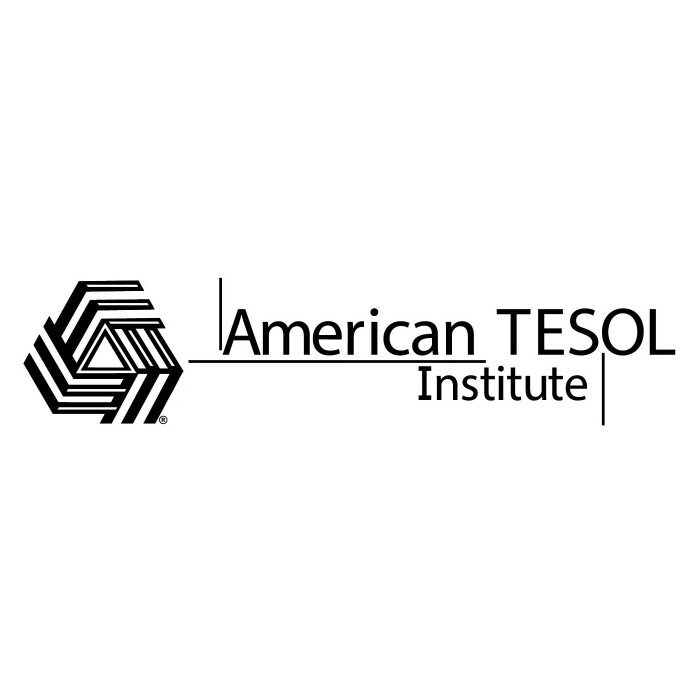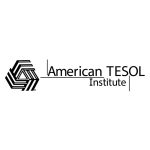EL Excellence Every Day: The Flip-to Guide for Differentiating Academic Literacy has 85 strategies to engage all learners. I was excited to interview author, Tonya Ward Singer (@TonyaWardSinger), about her best-selling book.
Shelly: I notice you styled this book differently. What inspired you to create a flip style guide for teachers?
Tonya: I lead professional learning in districts across the US and Canada to help every teacher be a strong teacher for ELs. Seeing what teachers want and need as they juggle the many demands of teaching inspired me to design something unlike anything I’d seen published to date: a practical, hands-on guide that helps teachers apply best practices for EL teaching to rigorous literacy teaching.
A resource must be relevant, practical and aligned to what teachers are trying to do for every student, or it sits on the shelf. I wanted to get this right so I initiated many peer review cycles, more than are typical for a professional book, to engage teachers, coaches and administrators from across diverse regions, grade-levels and contexts to give feedback on my organization and approach from my early concepts to final draft. I’m deeply grateful to all 24 reviewers named in the opening of the book, and thousands of teachers I serve in my consultancy, for helping me align this guide with what busy teachers want and need.
It’s really exciting now to watch teachers mark up their own copies of the book with self-stick notes, highlighters and notes as they integrate EL Excellence into everyday planning.
Shelly: The book has over 85 flip to strategies. Wow! Which 2 strategies do you think are especially important?
Tonya: This book is rich with flip-to strategies, and they are icing on a much more important cake. Most important, first and foremost, are teachers’ mindsets about English Learners. Chapter 2 on mindsets opens with the following:
“I start this book with mindsets because they are more important than any strategy. Seriously. I can teach at a high level, actively engage students, and use awesome strategies, but none of this will make any difference if I do not value my English learner (EL) students and believe they will succeed.”
Chapter two emphasizes three essential mindsets and invites readers into humble inquiry to explore the gap between our good intentions and our everyday practice. It’s not enough to just say for example, “value EL assets” or “have high expectations for ELs,” we also need to unpack with humility the ways we get stuck, and then identify specific actions we can take to shift our approach for more equitable classrooms and schools.
Second to mindsets, the most important strategy is peer conversations. This is no surprise in the TESOL community, as we know the power of peer-to-peer conversations. The great challenge in K-12 schools is moving from theory to practice so that ELs and all students in every classroom are actively engaged in high-level discourse about concepts, texts and learning every day. I help teachers make this important shift with strategies to structure conversations, differentiate conversations, scaffold conversations. In the “Apply” section of the book, I help teachers bring all these strategies into synthesis to make conversations routine in everyday literacy teaching.
My emphasis on using, and losing strategies in the service of rigorous learning goals is absolutely essential, and often missing in books and PD that emphasize EL strategies alone. Strategies are not the end goal. The end goal is learning. When we value English Learners’ assets, expect excellence from ELs and then use (and lose) strategies as appropriate to help them thrive, we are on the right path for EL Excellence.
Shelly: You mention differentiation in the book as a strategy. Why do you believe it is important to differentiate instruction for ELs and how does a teacher do this with students of mixed abilities and different cultures?
Tonya: English learners are as diverse as every student in the world. Take all the diversity of backgrounds, interests and learning levels that already exists in any K-12 classroom and add diversity of English proficiency levels, of home-language proficiencies, of life and cultural experiences, and it becomes obvious that there is can be no one approach for “ELs” that is going to be the perfect fit for every student.
The best short answer your question of how to differentiate is to (1) know your goal, (2) know your students (assets, motivations and instructional priorities to excel with the goal) and then design your teaching and supports to help students bridge from their assets to success with the goal. Stepping into inquiry about impact together to co-plan, co-teach, and co-reflect on impact is how we build our capacity to differentiate well. It’s not as simple as writing strategies into different columns by proficiency level, we also must test our assumptions continuously by observing students as they engage in our instruction, humbly reflecting on what is and isn’t working, and adapting our approach until our students thrive.
Section IV of my book helps teachers do exactly this. For each literacy goal, we begin with purpose and expectations (in content and language, of course!), followed by active engagement tasks and observation questions to gather formative data. The supports are the bulk of the chapter beginning with an “If, then” chart to help teachers build from formative data to address specific learning needs. I include many lesson-ready ideas in a menu of options for teachers to use, or loose, as appropriate to build background, scaffold and teach core concepts and language to reach every student.
I am not one to script a solution for ELs, and in fact I am strongly opposed to cookbook-type “silver bullet” solutions being implemented at scale. What we must do for impact is build our collective capacity to set high expectations, actively engage students, observe as they engage, and then design and adapt our supports as needed to ensure our ELs, and all students, thrive.
This takes me back to your first question of what inspired me to design a flip-to guide. I designed the organization, color-coding and content specifically to enhance teachers’ self-directed learning to reach and teach every student. Just as ELs are diverse, teachers are diverse. They need a book that doesn’t demand one linear path, but invites inquiry, reflection, and adaptation continuously as they focus on what is most important: the unique students they serve every day.



